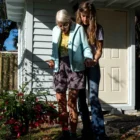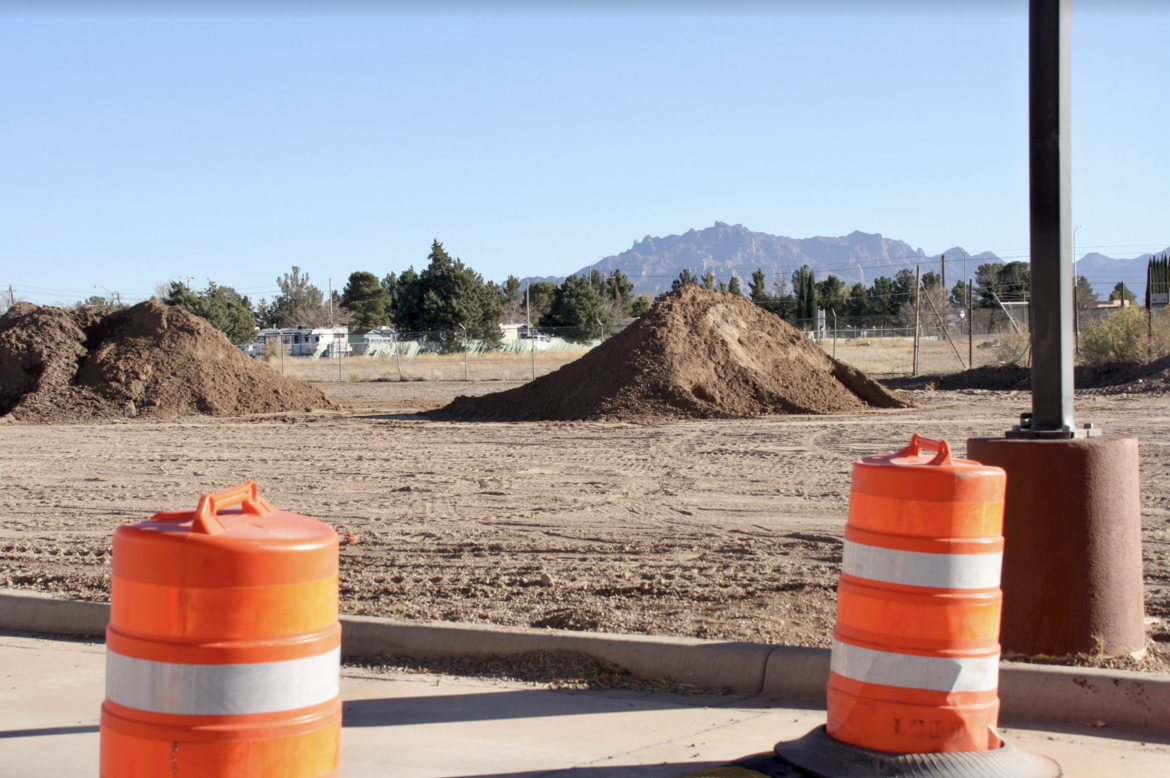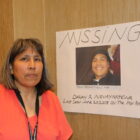Health
Extra Fees Drive Assisted Living Profits
|
New Mexico In Depth occasionally publishes stories produced by other news organizations that we feel would benefit New Mexicans. This is part one of “Dying Broke” – a look by Kaiser Family Foundation Health News and the New York Times at the economic devastation families often face caring for their elderly members. Given New Mexico’s aging population, it is particularly timely. Assisted living centers have become an appealing retirement option for hundreds of thousands of boomers who can no longer live independently, promising a cheerful alternative to the institutional feel of a nursing home. But their cost is so crushingly high that most Americans can’t afford them.









